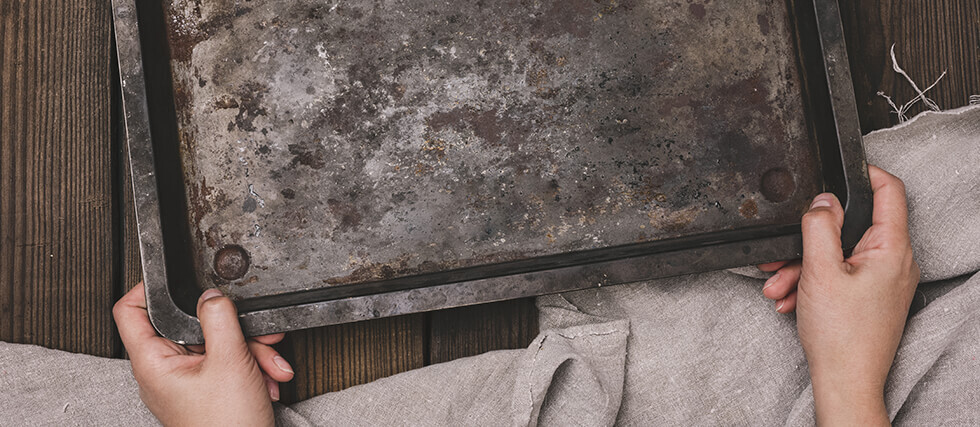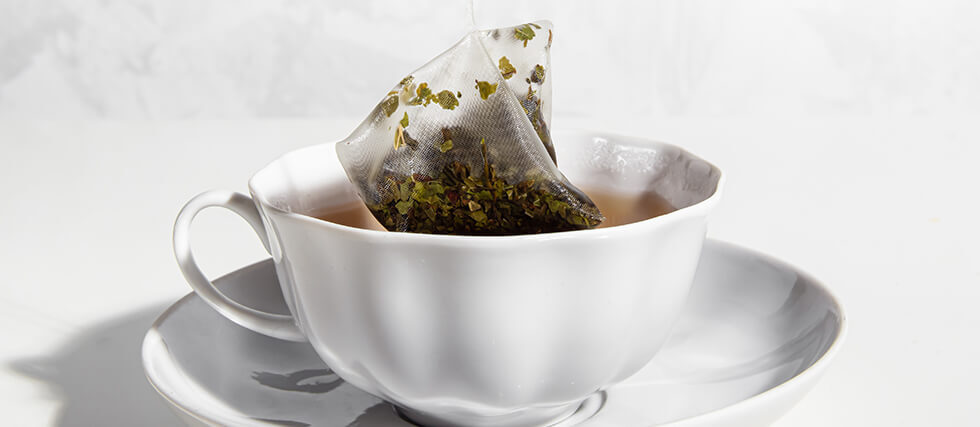The #1 Reason You Need to Toss That Old Baking Pan
The most important reason to get rid of your old baking pan is if its nonstick coating is scratched or flaking. Most nonstick bakeware is coated with PTFE (polytetrafluoroethylene), commonly known by its brand name, Teflon. While safe when intact and used at low to moderate heat, a damaged surface is a whole different story.
Recent studies show that even a single crack in a Teflon-coated pan can release over 9,000 microplastic particles into your food during cooking. Heavily scratched pans may release up to 2.3 million particles. Not only are you unknowingly eating bits of plastic, but those particles can potentially build up in the body over time.
Worse yet, heating damaged nonstick pans to high temperatures (above 500°F) can release toxic fumes. These fumes have been linked to a temporary condition called “Teflon Flu”—also known as polymer fume fever—which causes flu-like symptoms such as headaches, chills, fever, and chest tightness. While temporary, it’s a strong signal that something isn’t right in the kitchen air.
Healthier alternatives?
Go for uncoated stainless steel, ceramic-coated bakeware, or even seasoned cast iron. These options are durable, high-heat safe, and free from toxic chemicals.
What about recycling?
Many local recycling centers accept metal bakeware—just remove any plastic or silicone handles. Some scrap yards may even offer a small payout.




